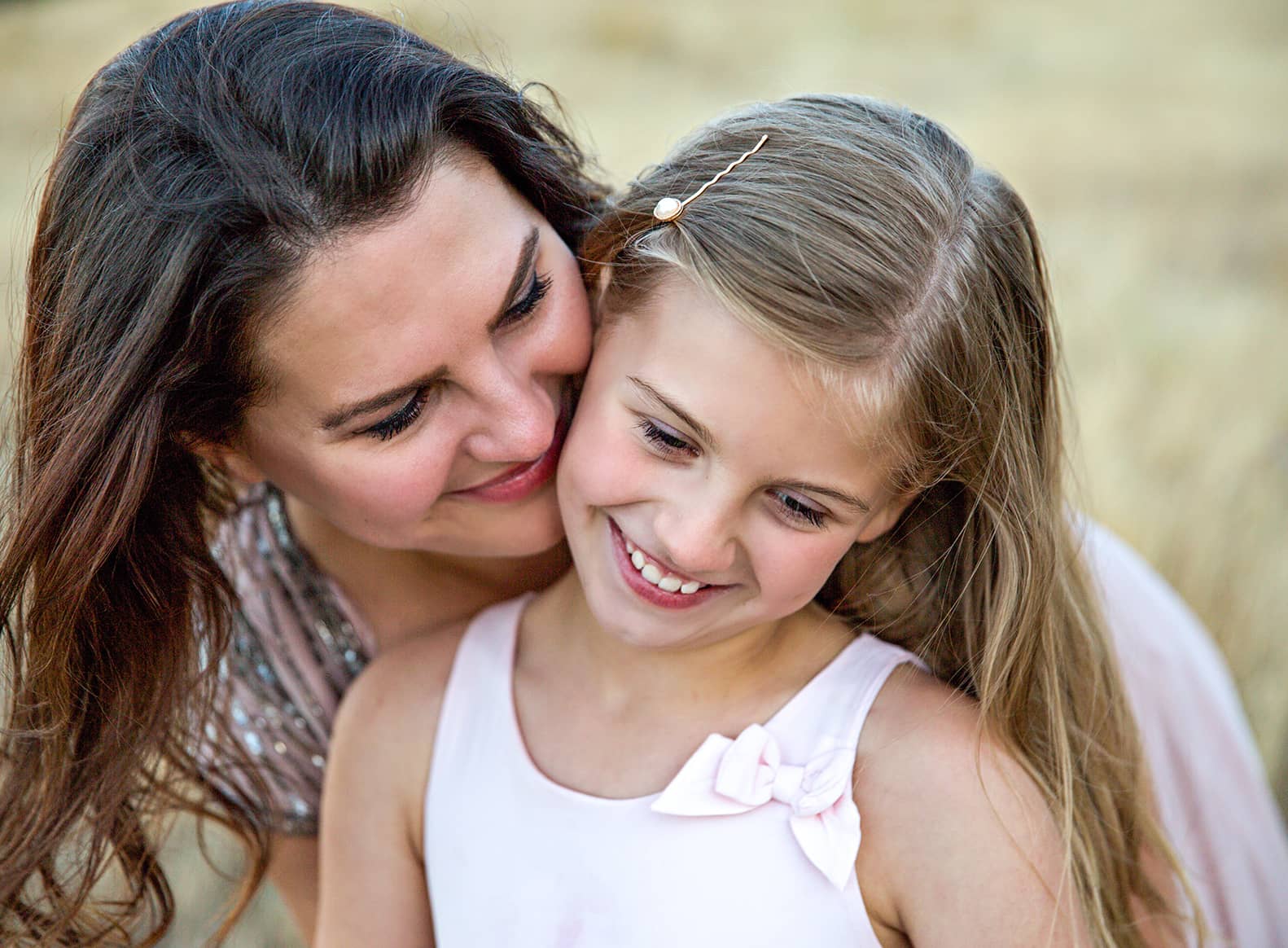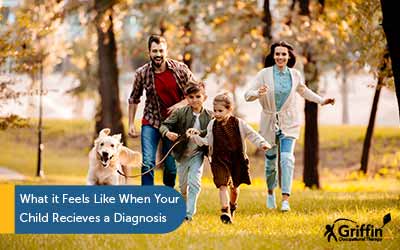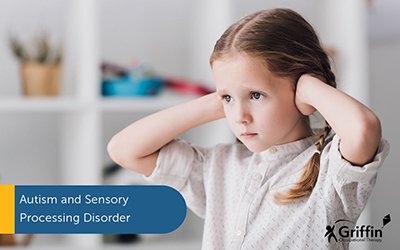A personal story – Tina and Kelly
It was not until her daughter Kelly started school, that Tina noticed there was something quite different about the way she interacted with others. Kelly had always been a very anxious child, and during her first year of school this intensified. The transition to schooling can be a challenge for all children, but Kelly found this new environment incredibly overwhelming. She really struggled with the new noises and smells.

A personal story – Tina and Kelly
It was not until her daughter Kelly started school, that Tina noticed there was something quite different about the way she interacted with others. Kelly had always been a very anxious child, and during her first year of school this intensified. The transition to schooling can be a challenge for all children, but Kelly found this new environment incredibly overwhelming. She really struggled with the new noises and smells.
Tina wasn’t the only one to notice that Kelly was struggling to settle at school. Her teachers were also observing some differences in her behaviour. After the second month, they spoke with Tina about their concerns.
By the end of her first term at school, it was clear to both Tina and Kelly’s school teacher that she was having difficulties understanding certain things. In addition to her sensory processing differences, she was struggling to create relationships with the other children. Receiving a diagnosis took some time though.
A year until receiving a diagnosis
Despite both school and home raising concerns early on, a diagnosis of autism wasn’t confirmed until Kelly’s second year at school. A speech therapist, psychologist and paediatrician were involved in the diagnosis. Tina found it reassuring that all three professionals came to the same conclusion.
Girls with autism
Tina’s eldest son, Kelly’s brother, also has autism. So, receiving a diagnosis was something Tina had previous experience with. Although she was able to identify potential signs of autism, Tina found symptoms for boys and girls were completely different.
Young girls with language and higher cognition tend to mask their emotions and symptoms much easier than boys with autism. This masking makes it difficult to identify potential signs of autism at first. That, combined with the lack of information around autism and girls at the time, made it harder to have the diagnosis confirmed.
Here’s a helpful description of how autism can be masked by autistic girls. Thanks Yo Samdy Sam!
Looking for support after receiving a diagnosis
Initially, after receiving a diagnosis, it was difficult to find the right supports for Kelly. Whilst navigating through the systems, Tina felt isolated. At the time, autism was seen as something that rarely occurred in girls. So, there weren’t many resources available specifically talking about girls and autism. Tina found that parents in forums and online groups didn’t always relate with her experience. Even though she had navigated this path for her son, she found it difficult to identify the best supports for her daughter.
Unfortunately, finding support isn’t always straight forward. Tina found the process much more strenuous than expected. The majority of research was done in her own time and off of her own back. Even finding the right doctor was a challenge.
Overtime, Tina accessed a number of therapies for Kelly, including speech therapy and aqua therapy. These helped with Kelly’s confidence, strength and development. During this period Tina began to feel a great sense of relief as she could see Kelly making progress.
“At times it was very lonely. I felt like it was just me on my own figuring it all out. I was so worried I would make a wrong choice. Finding parents who were going through the same thing was a huge help.”
Challenges and worries
Kelly’s journey continues to evolve as she becomes older. Tina found that, whilst Kelly made improvements in one area, she sometimes digressed in another. When their funding was cut at age seven, it was a huge blow. Tina felt like she was always fighting for the next support. Sometimes she felt exhausted but she knew she had to keep going.
Social connections can be one of the most difficult aspects for children with autism. Kelly continues to find communicating with other children her age difficult, especially in large groups. This is a real worry for her mother Tina.
Finding a community
Tina found the best support has come from a Facebook group specifically for parents of girls with autism who are in mainstream education in her area. This was, and still is, a safe haven. Tina was able to access and share information, real life experiences as well as engaging in relatable conversation. The group was much more helpful for Tina than some of the more general autism groups, as the other parents were in a similar situation.
One day at a time
Today, Tina focuses on taking each day as it comes. The best piece of advice she has is that was important to accept her child’s autism for what it is and how it presents that day. She no longer puts timelines on anything and stays in the present.
Tina has learnt that it is incredibly important for their whole family has to work together to support both children. The process has become easier over time as she now has many more tools and resources in her belt. However, there will be more to learn as her children move through different life stages.
Please note
This story has been reported as told, but names have been changed to respect confidentiality. We thank Tina and Kelly for letting us tell their story. If you would like to tell your story please contact us. We are looking to share stories to help other parents understand more about the journey from concerns to diagnosis and beyond.



